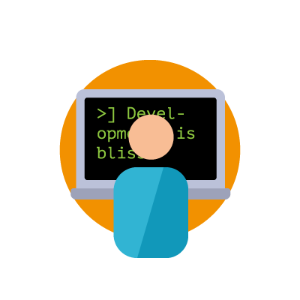Building Mule 2 with Maven 3
Door Avisi / jul 2012 / 1 Min

Door Avisi / / 1 min
Today at Devoxx I saw two presentations back-to-back that dealt with integration of sensors and controllers with your personal computing devices, but without the need to pick up a soldering iron.
The first one dealt with home automation. Kai Kreuzer and Thomas Eichstädt-Engelen showed us a simple setup using OpenHAB, controlling lights and replacing a common doorbell with a much more advanced system that does not only sound a bell, but also took a snapshot of the unsuspecting visitor and mailed it to the home owner.
OpenHAB has a smart architecture, anticipating devices that have not been invented by providing very basic building blocks and providing an easy to use Designer based on Eclipse RCP. Designing rules made it easy to link sensors to controls and make actions dependant on circumstances. As an example, the doorbell only sent an email when the owner wasn't home. The system looked very mature, providing several interfaces and apps for Android, iOS and WinPhone8. The list of bindings for home automation devices was impressive. I am confident that they can deliver on their promise of more comfort, security and energy conservation.
The second presentation introduced us to TinkerForge, a set of electronics components that can be integrated and programmed. The components can be plugged together without the need for additional wires, not unlike Legos, but considerably cheaper than a set of Mindstorms. The basic components are Bricks, which are a kind of hub that can be stacked, and Bricklets, which add functionality, such as an LCD display, a motor or a WiFi bridge. In Java, a specific class is provided for each Bricklet with applicable methods to read or control that component, making programming really easy.
All in all this looked like a nice set for people who want to start learning about electronics, but I am afraid they will quickly outgrow the system and grab an Arduino to play with.

|
Door Avisi / jul 2024
Dan denken we dat dit ook wat voor jou is.